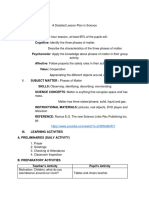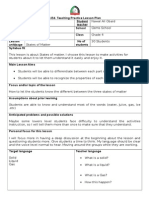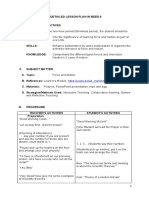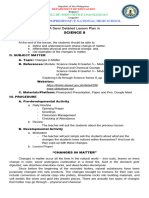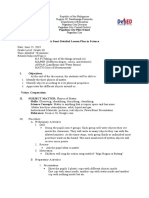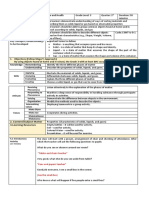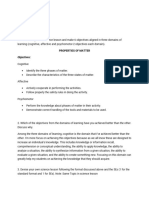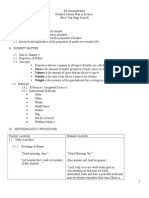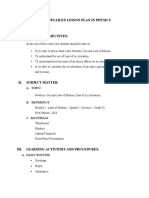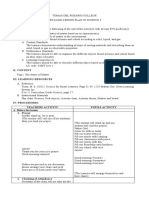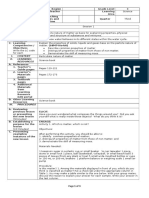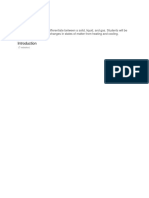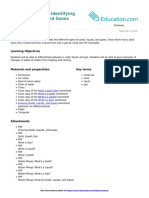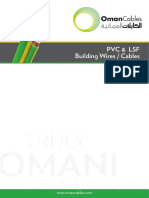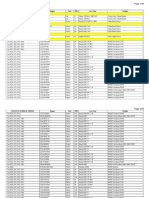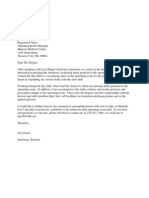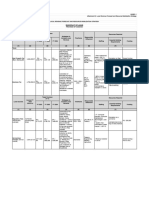0% found this document useful (0 votes)
2K views10 pagesDetailed Lesson Plan in Science
The teacher will use ice cubes, warm water, and a microwave to demonstrate how heating and cooling can cause matter to change states between solid, liquid, and gas. Students will complete various worksheets to reinforce examples of different states of matter and the concept that the molecular structure determines a substance's state. As an assignment, students must research how the human body and Earth would be affected without liquids or solids, respectively.
Uploaded by
Jenny BeeCopyright
© © All Rights Reserved
We take content rights seriously. If you suspect this is your content, claim it here.
Available Formats
Download as DOCX, PDF, TXT or read online on Scribd
0% found this document useful (0 votes)
2K views10 pagesDetailed Lesson Plan in Science
The teacher will use ice cubes, warm water, and a microwave to demonstrate how heating and cooling can cause matter to change states between solid, liquid, and gas. Students will complete various worksheets to reinforce examples of different states of matter and the concept that the molecular structure determines a substance's state. As an assignment, students must research how the human body and Earth would be affected without liquids or solids, respectively.
Uploaded by
Jenny BeeCopyright
© © All Rights Reserved
We take content rights seriously. If you suspect this is your content, claim it here.
Available Formats
Download as DOCX, PDF, TXT or read online on Scribd
/ 10










